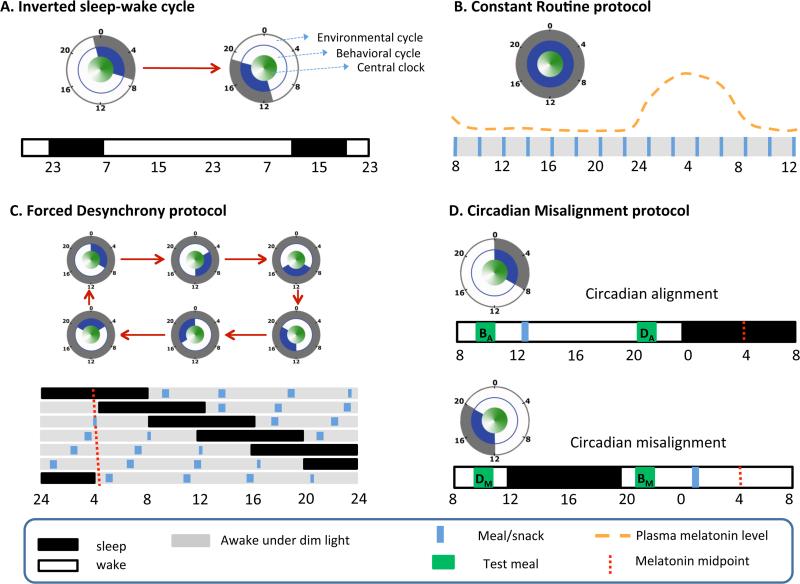Figure 1. Protocols to assess circadian effects.
A) An inverted sleep-wake cycle protocol includes a period of extended wakefulness where sleep is displaced to the daytime (e.g., by 12 hr in this example). Study participants are sometimes required to have minimal physical activity, constant body posture, and/or constant nutritional state (e.g., constant glucose infusion). B) The Constant Routine (CR) protocol requires participants to remain awake, at rest, in a constant posture, with isocaloric intake distributed at equal intervals and under dim light conditions (to prevent the influence of light on the circadian system). CR protocols last longer than 24 hr allowing assessment of an entire circadian cycle after removal of the first few (transition) hr. C) The Forced Desynchrony (FD) protocol includes non-24-hr behavioral cycles (e.g., 28 or 20 hr, including sleep/wake and fasting/feeding cycles) under dim light conditions. The sleep:wake ratio is typically (although not necessarily) maintained at a 1:2 ratio. D) A misalignment protocol that simulates night work is compared with an alignment protocol simulating day work using a within-participant, cross-over design in randomized order. The independent effects are assessed by i) averaging breakfast (BA and BM) and dinner (DA and DM) values separately (behavioral effect); ii) averaging (BA and DM) and (DA and BM) values separately (circadian phase effect); iii) averaging (BA and DA) and (BM and DM) values within each protocol (circadian misalignment effect). The concentric circles indicate the phase relationship among environmental cycle (grey), behavioral cycle (blue), and the central clock (green) in each protocol. A filled grey/blue circle means constant environment/behaviors.

